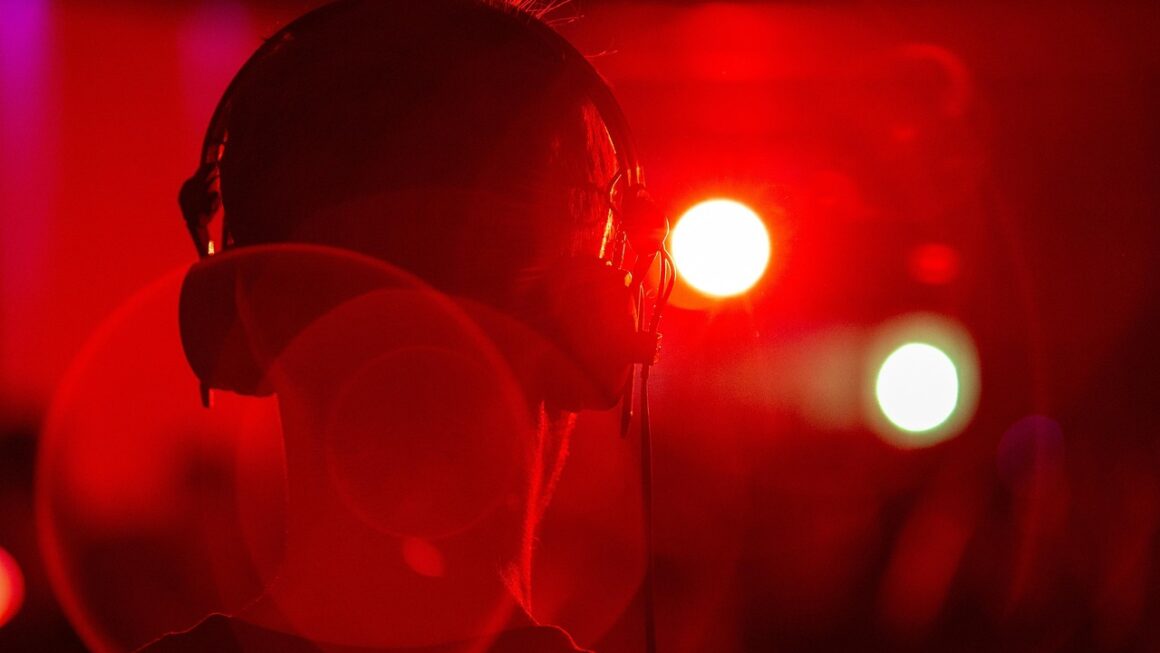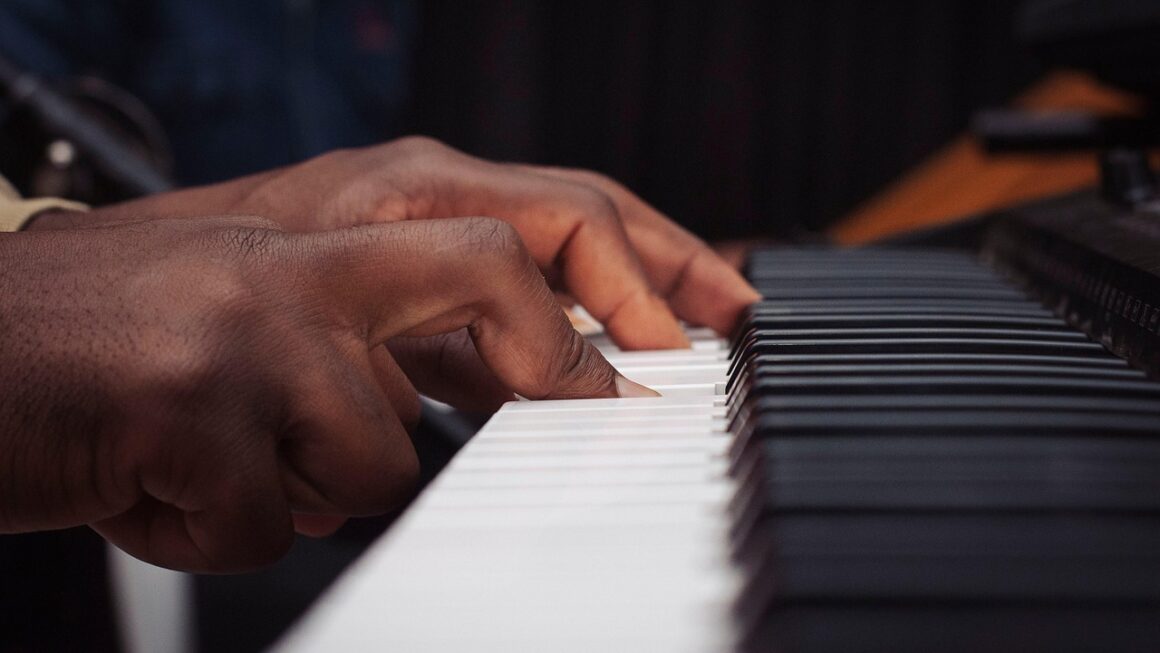Releasing music is an exciting milestone for any artist, whether you’re a seasoned professional or just starting your musical journey. However, the process can feel overwhelming with so many factors to consider. From crafting the perfect track to strategizing the rollout, understanding the nuances of music releases is crucial for maximizing your reach and impact. This guide will walk you through everything you need to know to launch your music successfully and connect with your audience.
Planning Your Music Release
Setting Goals and Defining Your Audience
Before you even think about releasing your music, take time to establish clear goals. What do you hope to achieve with this release?
- Increase Streams: Aim for a specific number of streams on platforms like Spotify and Apple Music.
- Grow Your Fanbase: Target a certain increase in social media followers or email subscribers.
- Gain Media Coverage: Seek reviews, interviews, and features in relevant publications.
- Boost Sales: Set a target for downloads and physical copies sold.
Knowing your audience is just as important. Understanding their preferences will help you tailor your marketing efforts. Consider the following:
- Demographics: Age, location, gender, etc.
- Listening Habits: What genres do they listen to? What platforms do they use?
- Engagement: How do they interact with artists on social media?
- Where do they discover new music?: What playlists do they listen to, or what websites do they frequent?
Choosing the Right Release Strategy
There are different approaches to releasing your music, and the best choice depends on your goals, resources, and target audience.
- Single Release: This is the most common approach, allowing you to focus all your marketing efforts on one track. Singles are ideal for building momentum and gaining traction.
- EP Release: An EP (Extended Play) typically contains 4-7 tracks. EPs offer more content for your fans and can be a good option for showcasing different aspects of your artistry.
- Album Release: A full-length album (typically 8+ tracks) is a significant undertaking, often best suited for established artists with a dedicated fanbase.
- Double Single Release: Releasing two singles simultaneously to show off your range and get twice the exposure.
Consider a strategic rollout. For example, releasing a single, followed by another single a few weeks later, then culminating in an EP or album release. This keeps your audience engaged and builds anticipation.
Setting a Realistic Timeline
Give yourself ample time to prepare for your release. A general timeline might look like this:
- 3-6 Months Before Release: Finalize your recordings, mixing, and mastering.
- 2-3 Months Before Release: Create your cover art, promotional photos, and any necessary visual assets. Select a distributor and set up your release.
- 6-8 Weeks Before Release: Begin your marketing campaign. Submit your music to playlists, blogs, and radio stations.
- 1-2 Weeks Before Release: Ramp up your social media activity. Announce the release date and share snippets of the music.
- Release Day: Celebrate your release! Engage with your fans and continue promoting your music.
Remember, consistency is key. Maintain a regular presence on social media and keep your audience updated on your progress.
Music Distribution and Publishing
Selecting a Music Distributor
A music distributor acts as a bridge between you and digital music platforms (DSPs) like Spotify, Apple Music, Amazon Music, etc. They handle the technical aspects of getting your music onto these platforms.
- Popular Distributors: DistroKid, TuneCore, CD Baby, AWAL, UnitedMasters
- Factors to Consider:
Pricing: Different distributors have different pricing models (e.g., per release, subscription).
Royalties: How much of your royalties do you keep?
Features: Do they offer additional services like sync licensing or publishing administration?
Ease of Use: Is the platform user-friendly and easy to navigate?
Customer Support: Is their customer support responsive and helpful?
Research different distributors and compare their offerings before making a decision. Many artists starting out find Distrokid appealing due to its low, flat yearly rate. However, it’s crucial to understand the details of each plan.
Understanding Music Publishing
Music publishing involves managing the copyright of your songs and collecting royalties generated from their use. If you write your own songs, you are both the songwriter and the publisher.
- Songwriter Royalties: Collected for the performance and reproduction of your songs.
- Publisher Royalties: Collected for the administration and licensing of your songs.
- Performance Rights Organizations (PROs): ASCAP, BMI, and SESAC in the US are PROs that collect performance royalties on behalf of songwriters and publishers.
- Mechanical Rights Organizations (MROs): The Harry Fox Agency (HFA) is an MRO that collects mechanical royalties for the reproduction of your songs.
If you are serious about your music career, consider registering with a PRO and an MRO to ensure you are collecting all the royalties you are entitled to. You can also hire a publishing administrator to manage your publishing rights and collect royalties on your behalf.
Marketing and Promotion
Building a Pre-Release Buzz
Creating anticipation before your release is essential for a successful launch.
- Social Media Teasers: Share snippets of your music, behind-the-scenes content, and cover art.
- Email Marketing: Build an email list and send regular updates to your subscribers.
- Pre-Save Campaigns: Encourage fans to pre-save your music on Spotify and Apple Music. This helps increase your visibility on release day. You can do this through platforms like Feature.fm.
- Lyric Videos/Visualizers: Create engaging visuals to accompany your music.
Leveraging Social Media Platforms
Social media is a powerful tool for connecting with your audience and promoting your music.
- Identify Your Target Platforms: Focus your efforts on the platforms where your target audience spends the most time (e.g., TikTok, Instagram, YouTube).
- Create Engaging Content: Share a mix of music snippets, behind-the-scenes content, and personal stories.
- Run Targeted Ads: Use social media ads to reach new fans who might be interested in your music.
- Collaborate with Other Artists and Influencers: Cross-promotion can help you reach a wider audience.
For instance, create short, engaging videos on TikTok featuring snippets of your song with a trending sound or challenge. On Instagram, share high-quality photos and videos, run polls, and engage with your followers in the comments section.
Pitching to Playlists, Blogs, and Radio
Getting your music featured on playlists, blogs, and radio stations can significantly increase your reach and exposure.
- Spotify Playlist Pitching: Submit your music to Spotify’s editorial playlists through Spotify for Artists. Do this at least* one week before your release date.
- Independent Playlist Curator Outreach: Research independent playlist curators and submit your music to them.
- Blog and Media Outreach: Identify relevant music blogs and websites and send them personalized pitches.
- Radio Promotion: Consider hiring a radio promoter to get your music played on radio stations. However, for independent artists, online radio or college radio stations may be easier to target.
Personalize your pitches and tailor them to each specific outlet. Highlight what makes your music unique and why it would be a good fit for their audience. For example, if pitching to a lofi beats playlist, make sure you are pitching a lofi beats song!
Post-Release Strategies
Engaging with Your Fans
The work doesn’t stop after your music is released. Continue to engage with your fans and build relationships.
- Respond to Comments and Messages: Show your fans that you appreciate their support.
- Run Contests and Giveaways: Offer prizes to incentivize engagement.
- Host Live Streams and Q&A Sessions: Connect with your fans in real-time.
- Create Exclusive Content for Your Supporters: Offer bonus tracks, behind-the-scenes videos, or early access to new music.
Analyzing Your Results
Track your progress and analyze your results to see what worked and what didn’t.
- Track Your Streams and Sales: Monitor your performance on different platforms.
- Analyze Your Social Media Analytics: See what content is resonating with your audience.
- Gather Feedback from Your Fans: Ask your fans what they liked and disliked about your release.
Use this data to inform your future releases and marketing strategies. For example, if you notice that your music is performing well on a particular playlist, reach out to the curator and thank them for their support.
Conclusion
Releasing music can be challenging, but with careful planning, strategic marketing, and a genuine connection with your fans, you can increase your chances of success. Remember to set realistic goals, choose the right release strategy, and consistently engage with your audience. By taking the time to learn and implement these strategies, you can take your music career to the next level. Good luck!




